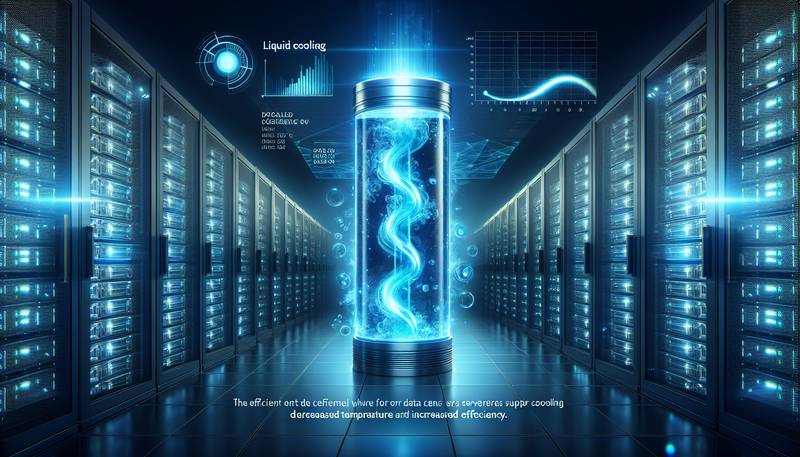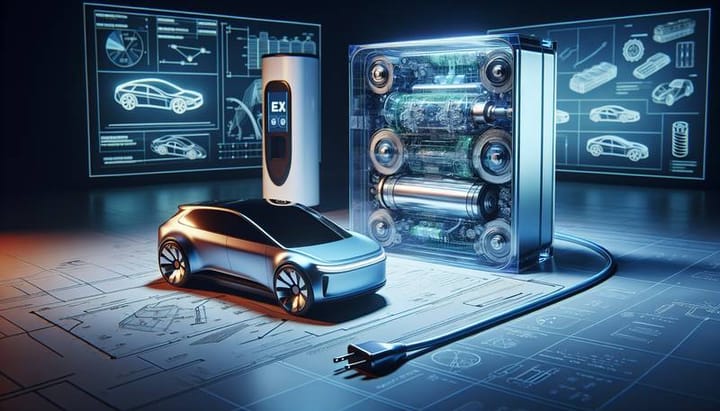Liquid Cooling: The Efficient Future of Data Centers

The tech industry is rapidly shifting towards liquid cooling systems for data centers, abandoning traditional air-based methods for a more efficient and eco-friendly alternative. This change is driven by the need to handle the increasing heat generated by data center components and meet the ESG regulatory pressures.
The Superiority of Liquid Cooling
Liquid cooling systems outperform air cooling by capitalizing on the superior heat capacity of liquids like water, which can extract heat more directly and efficiently from powerful CPUs and GPUs. This results in several advantages, such as higher chip power densities, lower energy consumption, and the potential for heat recovery and reuse.
Drawbacks and Operational Challenges
Despite the undeniable benefits, the transition to liquid cooling systems isn't without challenges. Concerns over electrical hazards have hindered its widespread adoption, though modern solutions have significantly reduced these risks. Integrating liquid cooling into existing air-cooled data centers presents logistical and financial challenges that require careful planning and coordination.
Choosing the Right Liquid Cooling Method
Data centers can opt for 'direct to chip' cooling, which targets critical components, or immersion cooling, which submerges all equipment in a dielectric liquid. Both methods can utilize single-phase or two-phase approaches, though each has its own set of considerations, particularly in material compatibility and system efficiency.
Leveraging Digital Twins for Decision Making
When deciding on the appropriate liquid cooling strategy, data center operators can rely on digital twins. These virtual replicas provide a clear understanding of cooling efficiency and allow for testing different scenarios, ultimately leading to a customized solution that addresses a facility's specific needs.
Embracing a Sustainable Data Center Future
With the growing demands on data centers, adopting liquid cooling is the next step towards sustainability. By utilizing digital twins, facilities can transition confidently, ensuring optimal performance while reducing environmental impact. Liquid cooling is not just a trend; it is an essential component of the modern tech landscape, offering a better tomorrow for the industry.


